Search results
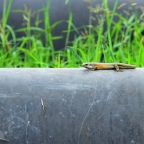
According to the Federal Network Agency, renewable energies in Germany now cover around 31 percent of electricity consumption. Many of the renewable energies feed electricity into the grid depending on wind and weather. When times of high feed-in coincide with low power consumption, there is an oversupply. Since the power grids currently cannot accommodate this oversupply, wind and solar power plants have to be shut down from time to time.

Germany is searching for a site for a repository for high-level radioactive waste. According to the Site Selection Act, the site with the best-possible safety is be found by means of a comparative procedure. But how can the requirements of the law be transformed into concrete scientific requirements? Together with other institutions, GRS researchers now present a first approach.
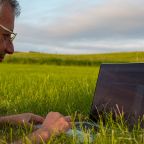
The main objective of THEREDA is the creation of a comprehensive, internally consistent thermodynamic reference database for geochemical modelling, with the work focusing on the special conditions in the near-field of a repository for radioactive waste in Germany.
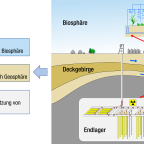
For a long-term assessment of the safety of final repositories for radioactive waste, the program package RepoTREND (Transport and REtention of Non-decaying and Decaying contaminants in a final REPOsitory) is being developed and applied by GRS. In this program package, all relevant processes which contribute to the mobilisation and release of contaminants from the repository, transport through the host rock and adjacent rock formations as well as exposure in the biosphere have been implemented.
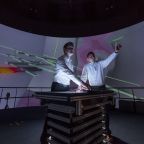
Together with the Federal Institute for Geosciences and Natural Resources (BGR), DBE TECHNOLOGY GmbH, and the Fraunhofer Institute for Factory Operation and Automation (IFF), GRS has developed a new tool for repository research: the virtual underground laboratory VIRTUS.
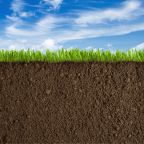
For repository search and design, it is important to have a good understanding of the geology of a possible site and the processes that take place in the host rock. In Germany, the three potential host rocks for disposal are salt, clay and crystalline rocks (e.g. granite). The term deep underground gives the impression of being rigid and inactive. Only a closer look reveals the diverse chemical, mechanical and hydraulic processes that play a role in the underground.
Nowadays, complex computer codes can be used to simulate processes in nuclear power plants, from normal operation to severe accidents. An important tool in this area is the ATLAS analysis simulator developed by GRS.
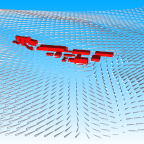
GRS has developed the atmospheric dispersion code ARTM on behalf of the Federal Ministry for the Environment and the Federal Office for Radiation Protection. ARTM simulates the dispersion of airborne radioactive substances and their deposition on the ground.
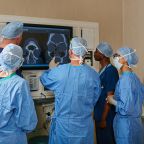
The use of X-rays in medicine is one of the most frequently used methods of diagnostic imaging. X-rays, however, are also increasingly used for so-called interventional procedures. Treatments such as, for example, the dilation of narrowed blood vessels are performed minimally invasively with the aid of fluoroscopy and image recording, i.e. without open surgery. This still relatively new field of medicine is called “interventional radiology”. In cardiology, the use of these image-guided interventions has more than doubled in the last 20 years, among other things due to the high success rate.
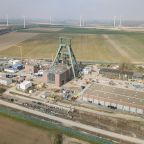
In its "2009 Konrad Transport Study", GRS examined and assessed the possible radiological effects of shipments of radioactive waste to the Konrad repository. The study concludes that these shipments do not result in any relevant radiological risk for man and the environment.